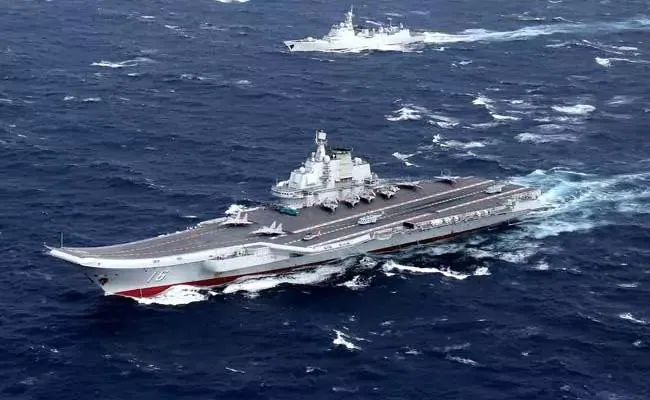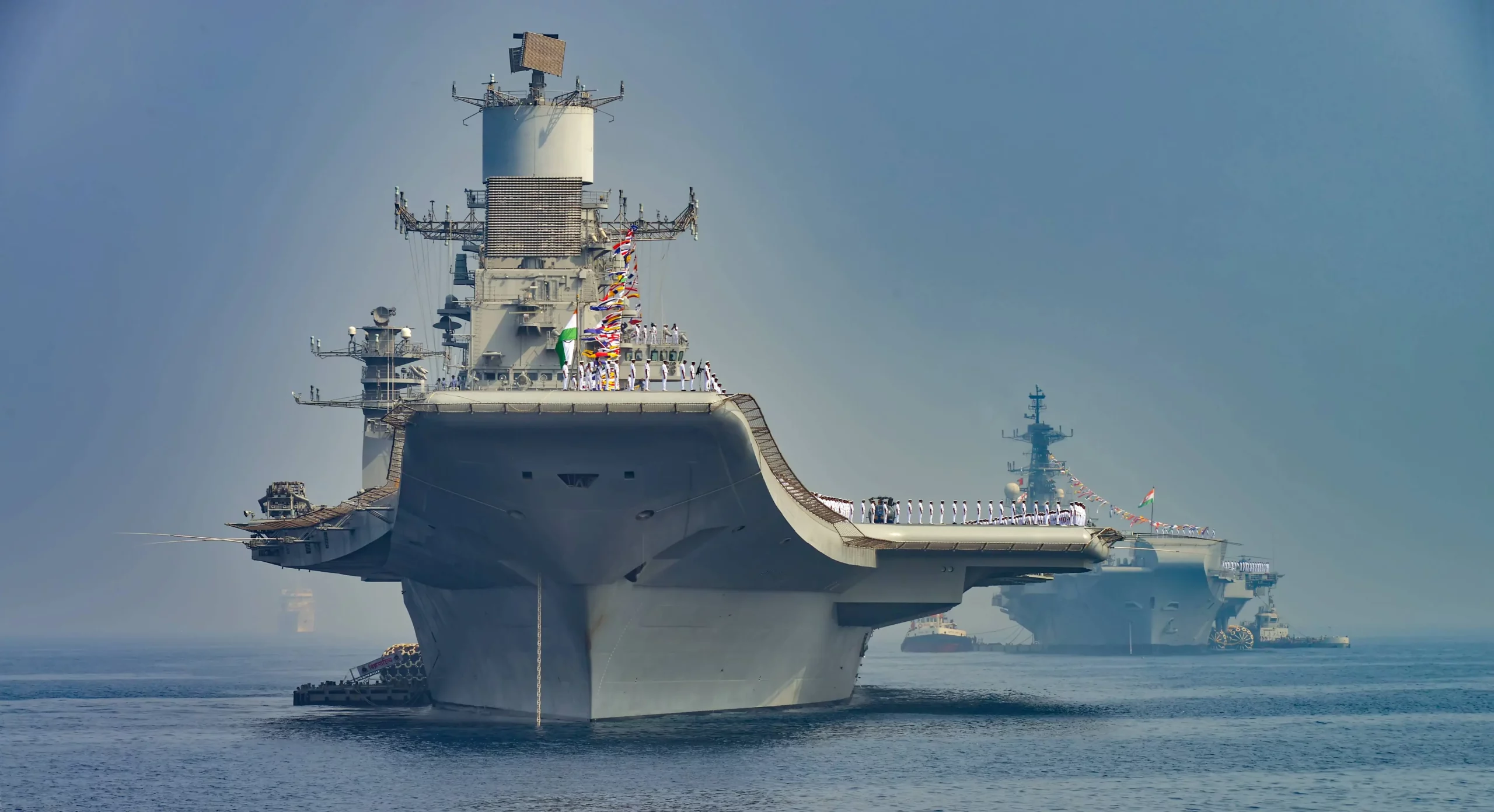In the vast Indo-Pacific waters, China and India, both rising powers, silently compete to enhance their naval fleets.
Each aims to launch a third aircraft carrier, marking a new era in their maritime strength.
China’s latest addition, the Fujian, is a testament to its growing naval might. Launched in 2022, this carrier overshadows its predecessors.
Its unique feature, electromagnetic catapults, allows heavier, more armed aircraft to launch effectively.
This technology surpasses the older ski-jump method used by Liaoning and Shandong, China’s first carriers.
Meanwhile, India responds to China’s naval expansion. It already operates two carriers: the Russian-made INS Vikramaditya and the indigenous INS Vikrant.
Plans for a third are underway. This move counters China’s influence in key ocean regions, ensuring India’s presence in strategic waters.
The Fujian’s capabilities are noteworthy. Under construction since 2017, it recently moved for tests.

This activity signals its readiness for front-line duties. Non-nuclear and conventionally fueled Fujian may rival America’s Nimitz class in size.
Despite its size, its fuel type suggests certain operational limits.
China’s naval growth is not isolated. India watches closely, strengthening its own forces. Its strategy involves positioning carriers in the Bay of Bengal and Arabian Sea.
This placement allows response to any potential threats from the East, especially from China.
The Fujian’s role is crucial, particularly in a Taiwan conflict scenario. Chinese strategies often involve this carrier.
In response, the U.S. and its allies focus on countermeasures, mainly submarines and missiles.
Both China and India know the Indo-Pacific’s strategic value. Their naval advancements are about fleet size, capability, and reach.
The winner gains a significant advantage in this high-stakes race in these crucial waters.
Background
This naval rivalry highlights growing geopolitical tensions.
China’s expanding influence prompts India’s reaction, as both aim to dominate vital sea routes in the resource-rich Indo-Pacific.

The U.S., the leading maritime power, closely observes China’s advancements challenging its status.
India, typically neutral, now leans towards Western naval norms, indicating a shift in global maritime power.
This era signifies a shift in maritime strategy, with regional powers adopting proactive roles in global security, potentially transforming modern naval warfare and diplomacy.
China and India’s carrier progress sets a standard for regional navies like Japan and Australia, influencing their naval strategies.
The outcome of this China-India rivalry will shape international maritime dynamics, emphasizing naval power’s role in global politics.
As these nations expand their fleets, they boost both defense and diplomatic influence, with naval strength equating to geopolitical power.

